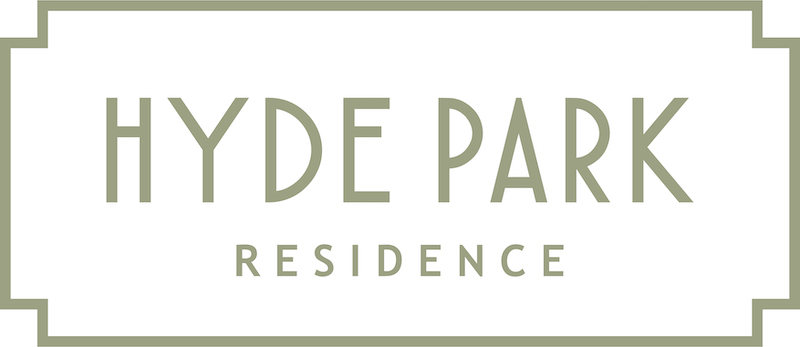Hyde Park, London, is one of the most sought-after locations in the capital. Let’s find out why.
Moving to London can be a daunting experience. With so many areas to choose from and different opinions out there, it can be hard to make a decision about where to make your home. We’re here to help explain why, when it comes to living in the capital, you just can’t beat London’s Hyde Park..
on the map
Hyde Park is one of four Royal Parks, along with Kensington Gardens, Green Park and St James’s Park, situated in the borough of Westminster, central London. It is within easy reach of some of the city’s most famous landmarks including Buckingham Palace, Westminster Abbey and the Royal Albert Hall, and is bordered by Mayfair, Kensington and Knightsbridge.
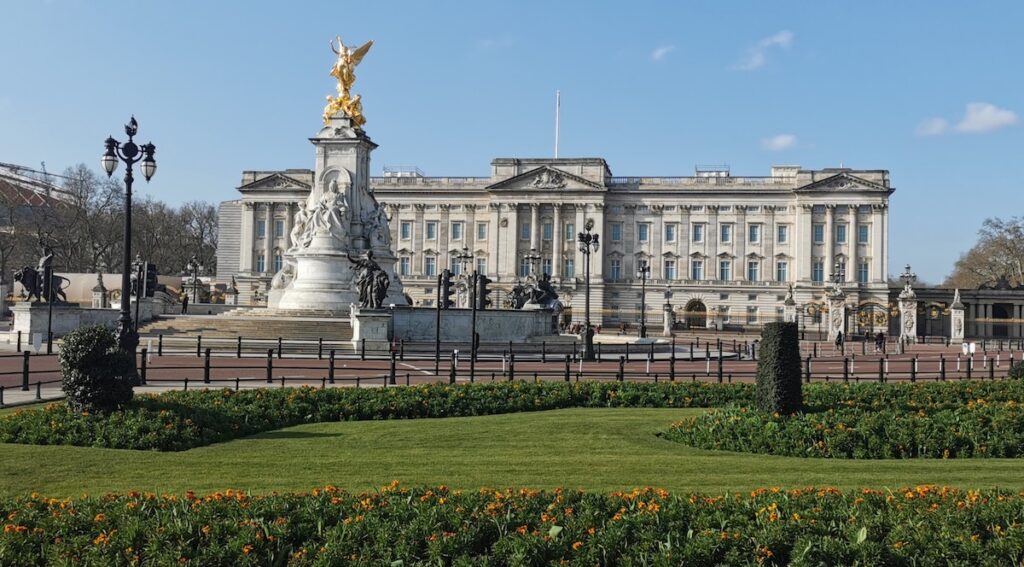
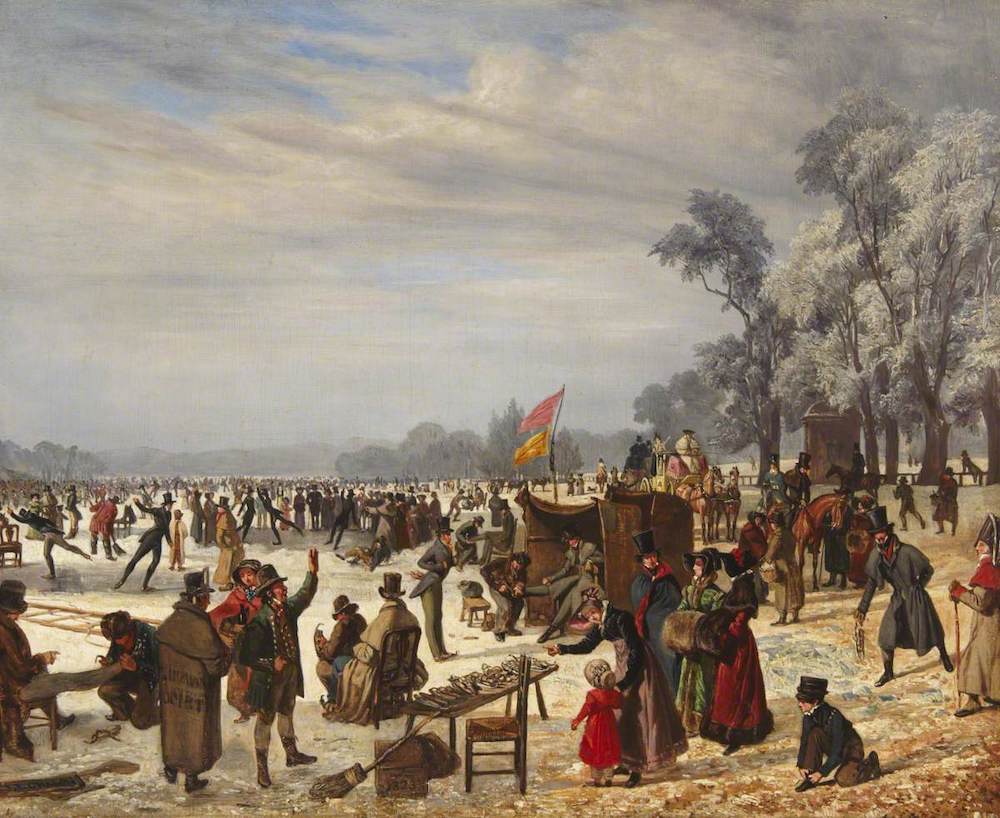
hyde park’s history
Hyde Park’s sprawling grounds are a result of its history, woven over centuries. Originally acquired by King Henry VIII in the early sixteenth century, on lands taken from Westminster Abbey during the dissolution of the monasteries, the park was used as a private Royal hunting ground for 100 years. It wasn’t until 1637 that Hyde Park was opened to the public.
Throughout the centuries, Hyde Park has been a site for significant events, from political rallies and iconic protests such as the 1865 Reform League’s push for manhood suffrage – which campaigned for voting rights to be granted to working class men – to historic concerts from Pink Floyd and The Rolling Stones in the 1960s. Speakers’ Corner, a renowned symbol of free speech, has played host to fervent orators and avid debaters since 1872, when an Act of Parliament set aside the area for public speaking. A visit to Hyde Park would not be complete without experiencing this iconic gathering place, where impassioned individuals share their thoughts, ideas, and ideologies with a captive audience.
a beautiful london park
With 350 acres of lush English vegetation, Hyde Park is one of the largest in central London, and also one of the most varied. It is home to the famous Serpentine, a 40-acre lake that is surrounded by beautiful gardens and trees. This is where you’ll also find the Serpentine Swimming Club, the oldest swimming club in Britain. Famed for braving even the chilliest water, members swim every day of the year, between 5:30am and 9:30am, with an annual race on Christmas day.
Strolling through the leafy pathways you will find ponds, a rose garden, historical monuments including the Albert Memorial and the Diana Memorial Fountain, a pet cemetery and even a contemporary art gallery, The Serpentine Galleries. The park is home to multiple festivals, including BST Hyde Park and Winter Wonderland. At Hyde Park’s northerly edge you can carry on walking through Kensington Gardens, inspiration for one of the most enduring children’s books, Peter Pan. In 1912 a statue of the boy who wouldn’t grow up was commissioned by author JM Barrie from sculptor George Frampton, where it remains today as a place for children to glimpse Neverland. The Royal Parks offer this brilliant Self-Guided Walk, for those wishing to explore the greenery in a little more detail.
Hyde Park’s Wildlife
Hyde Park’s natural beauty extends beyond its historic significance, offering an oasis of serenity amidst the bustling city. The park’s enchanting wildlife is a true delight for nature enthusiasts and botany aficionados. Recent changes in how the park is managed are encouraging new species to flourish. In the summer a meadow area is filled with butterflies flitting between native wildflowers. Though aggressive feral pigeons and squirrels threaten the native songbirds once abundant in the park, visitors might spot robin, dunnocks and blue tits.
The Serpentine lake brings large numbers of wildfowl to the park, including great crested grebes, renowned for their flamboyant mating rituals. In recent years, unexpected sightings have included a black swan, a buzzard and Egyptian geese (though not at the same time!).
The Rose Garden
Tucked away in the southeast corner of Hyde Park, The Rose Garden is a botanical treasure waiting to be discovered. The Garden opened in 1994, designed by landscape architects Colvin and Moggridge. Herbs are planted amongst the roses for a wonderful experience of fragrance and colour.
Be sure to keep your eyes peeled for Alexander Munro’s 1862 The Boy and Dolphin fountain as well as Lady Feodora Gleichen’s statues Diana the Huntress, 1899.


how to get to hyde park: transport links
Hyde Park and surrounding areas can all be accessed on foot or by bicycle. The park is filled with plenty of smooth, wide pavements, perfect for children with push scooters or those with a penchant for rollerblading.
Hyde Park can also be accessed via the Underground stations Hyde Park Corner and Knightsbridge (on the Piccadilly line) or Lancaster Gate and Marble Arch (on the Central line). The nearest train station is Paddington, which provides high-speed links to Heathrow and surrounding airports. The majestic Paddington Station – the namesake of a rather famous talking bear – is also a stop on one of the most recent additions to London’s transport infrastructure, the Elizabeth line, which opens up easy access across the breadth of the city.
The area is also dotted with various bus stops from which you can catch one of London’s famous red buses to almost anywhere in the city. Or for those seeking a true Londoner’s experience, you can always hail a black cab and marvel at their impeccable knowledge of the streets they drive.
things to do in and around hyde park
Beyond its historical and natural charms, Hyde Park boasts an impressive array of attractions, hoping to satiate the whims and desires of every visitor.
Activities in Hyde Park
One of the best ways to see Hyde Park is from the water. Visitors can hire boats to putter around the 40-acre Serpentine Lake (be sure to keep an eye out for the impressive white swans!). For those more inclined to land-based adventure, bike rentals are easily accessible using Santander Cycle hire, or for a more immersive experience Fat Tire Bike Tour’s Royal London Bike Tour will take you beyond the confines of Hyde Park to see Trafalgar Square, Buckingham Palace and Big Ben. Fans of the hit period drama Bridgerton can roll back the years and trot through Hyde Park’s leafy landscape on horseback.
Places to eat
If you consider yourself a foodie, you will find plenty of places nearby to indulge in some delicious gourmet dining or mouth-watering on-the-go options. For the caffeine-and-cake fans out there, there are plenty of cafés to be sampled with everything from coffee, tea, cakes, scones and sandwiches to full, nourishing meals.
Don’t want to leave the leafy environs of the park? Not to worry: there are even a few spots nestled within the green, including the Serpentine Lido Cafe, the Magazine Restaurant at the Serpentine North Gallery and the Lodge Café at Hyde Park Corner, which serves up simple, hearty British and continental fare. Another favourite option is the Serpentine Bar & Kitchen; part of the Benugo stable, diners can enjoy a hearty breakfast or lunch whilst looking over the charming vista. And of course, you are never far from an ice cream van in summer!
The neighbourhoods surrounding Hyde Park, including Kensington, Knightsbridge and Mayfair, are home to numerous world-class restaurants. You can learn more about some of Mayfair’s best restaurants here.
Shopping and attractions near Hyde Park, London
There is an amazing array of boutiques and designer shops located in Mayfair, and the always-lively Oxford Street is a short walk, bus or tube ride away. At Marble Arch (north east edge of the park) you will find Selfridges, founded in 1908 by American entrepreneur Harry Gordon Selfridge, and the only store to be named the “Best Department Store in the World” four times. A short walk along the south edge of the park into Knightsbridge will bring you to the world-famous luxury department store Harrods, an immersive shopping experience encompassing high-end fashion, gourmet food, and exceptional customer service.
For art lovers there are many wonderful museums to be discovered around Hyde Park, each with its own unique history and culture, from a globally regarded collection of art at The National Gallery to the world’s largest museum of applied arts, decorative arts and design at the V&A. Other highlights include the Natural History Museum and Science Museum – both located in South Kensington, and The Wallace Collection, a hidden gem with an airy covered courtyard at its centre, serving delicious afternoon teas.
Hyde Park and its surrounding areas are a treasure trove for history lovers, from the extensive and storied history of Park Lane to the grandeur of Buckingham Palace, only a short walk away. Visitors to the Palace, which serves as the official residence of King Charles III, could be privy to the pageantry of the Changing of the Guard ceremony.
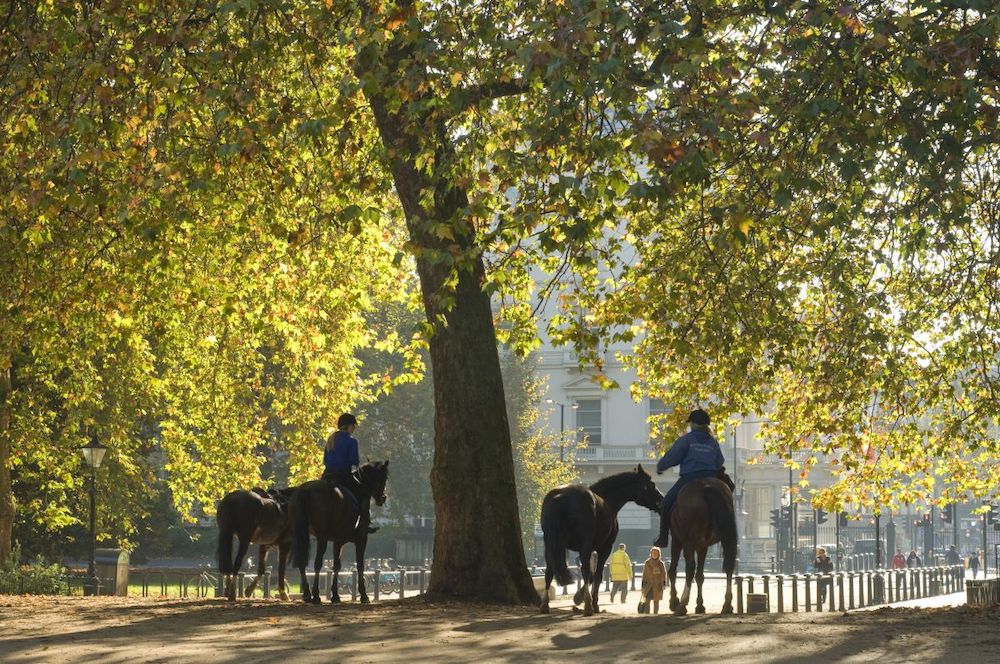
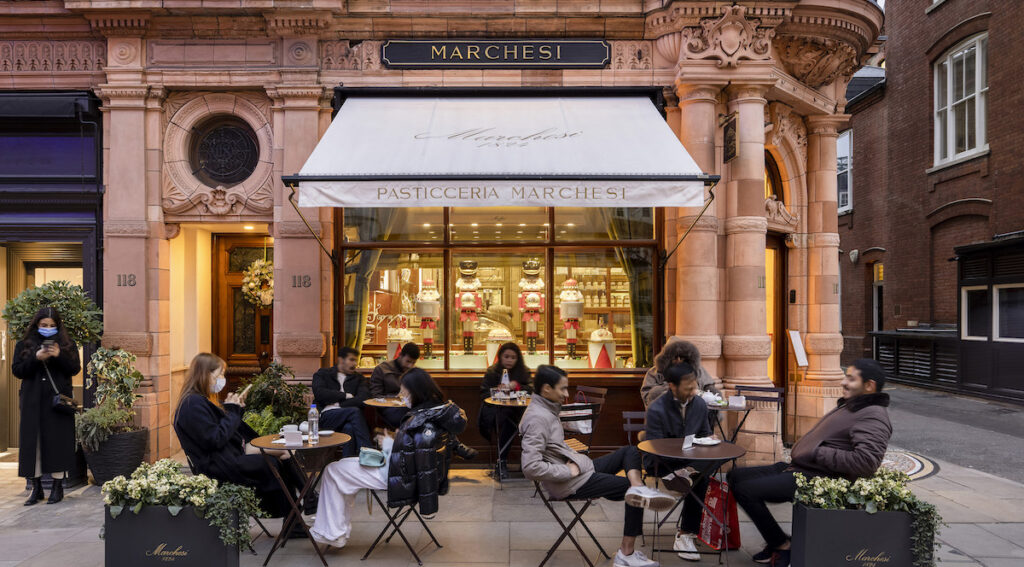
the schools
If you’re looking for somewhere to stay while you study, the Hyde Park area is a perfect base. With the fantastic transport links listed above, you have easy access to universities including the University of London, School of Oriental and African Studies and London School of Economics and Political Science.
If you’re interested in the performing arts, institutions including The Royal Ballet School, the Central School of Speech & Drama and the National Youth Music Theatre are all in the area.
For those with younger members of family to consider, there is a choice of prestigious primary schools nearby, including St Joseph’s Catholic Primary School and Hampden Gurney School. In terms of secondary schools you will find world-renowned options such as Westminster School, Francis Holland School and Queen’s Gate School on your doorstep.
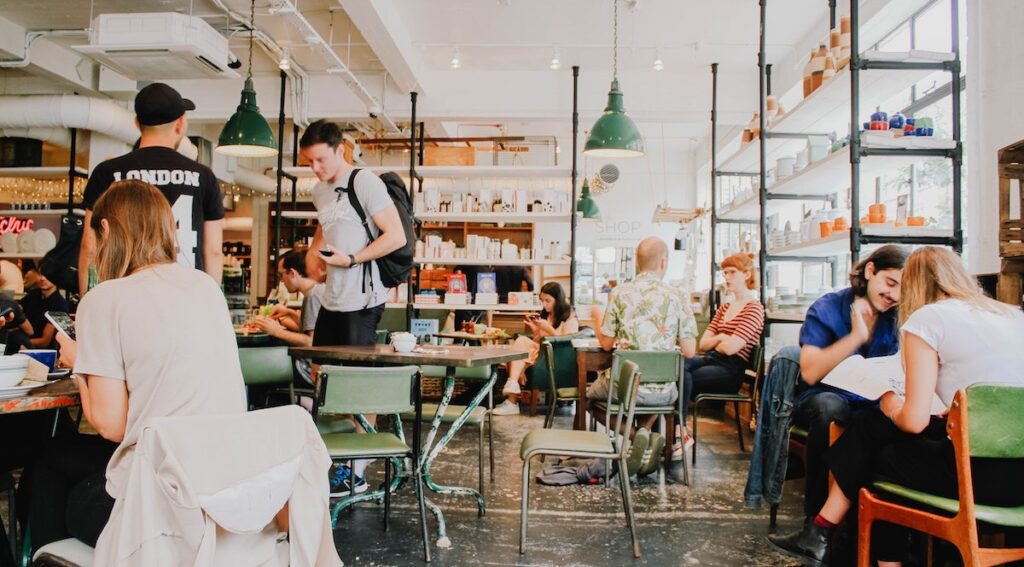
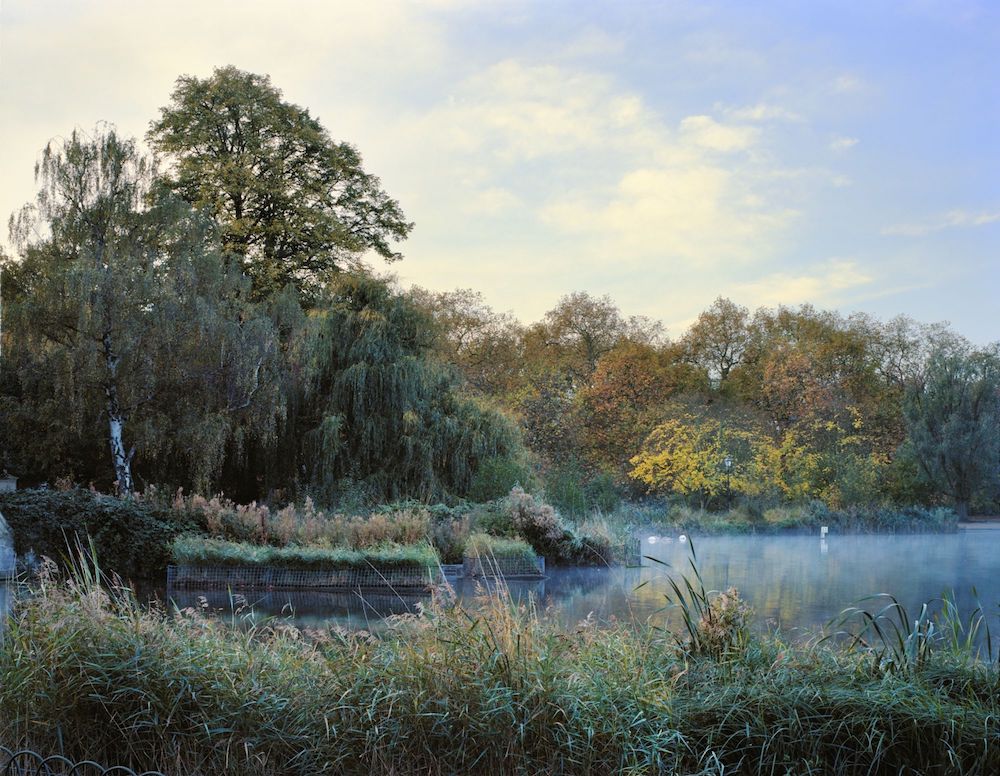
the location
conclusion
There are many reasons why finding somewhere to stay around Hyde Park, London, may become your latest endeavour! From an unbeatable location, an enormous park, and beautiful surroundings, a life lived near Hyde Park is a life well-lived.
Need help finding accommodation? Hyde Park Residence offers a classic, secure home at the heart of Mayfair village, London. Our serviced apartments are located on Park Lane in Mayfair, home of London’s most discreet and charming district. Find out more at reservations@hpr.co.uk.
We’d be delighted to hear from you.
faqs
Hyde Park is located in England’s capital city, London. It is in the western part of central London, adjacent to Kensington Gardens. The park is bordered by Park Lane and Mayfair to the east, Bayswater Road to the north, Knightsbridge to the south, and Kensington to the west.
Hyde Park’s postcode is W2 for the western side and W1 for the eastern side.
Hyde Park is easily accessible through various transportation options, including public buses, the London Underground (tube), and nearby train stations, making it convenient for visitors to reach.
Hyde Park is generally considered safe, especially during daylight hours. As with any public space, it is always wise to take standard precautions, walking in groups at night and remaining aware of your surroundings.
The areas surrounding Hyde Park are diverse and vibrant. To the north, you’ll find the winding streets of Bayswater and Notting Hill, known for their charming architecture, boutique shops and creative vibe. To the south, Knightsbridge offers luxury shopping and iconic landmarks like Harrods. Kensington, situated to the west, is known for its cultural attractions and elegant residential areas, while Marble Arch and Oxford Street lie to the east, providing a bustling shopping district.

